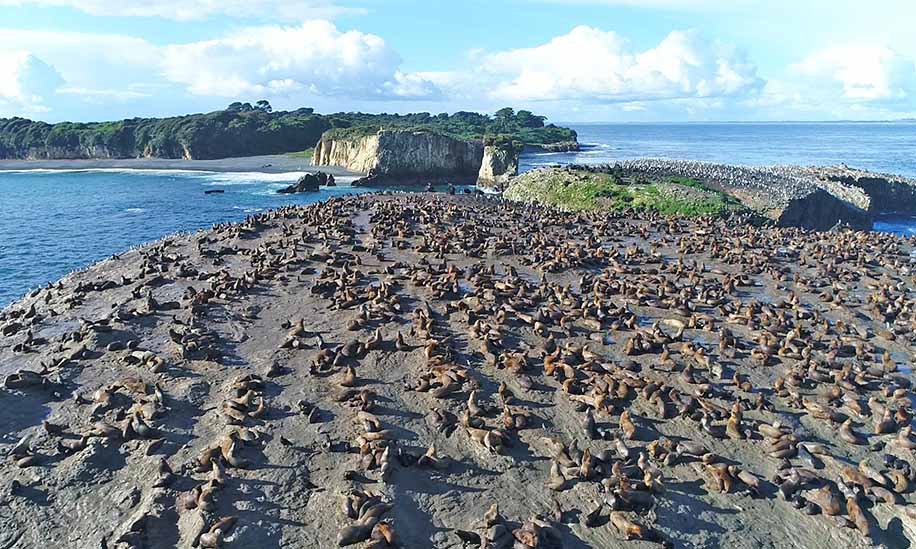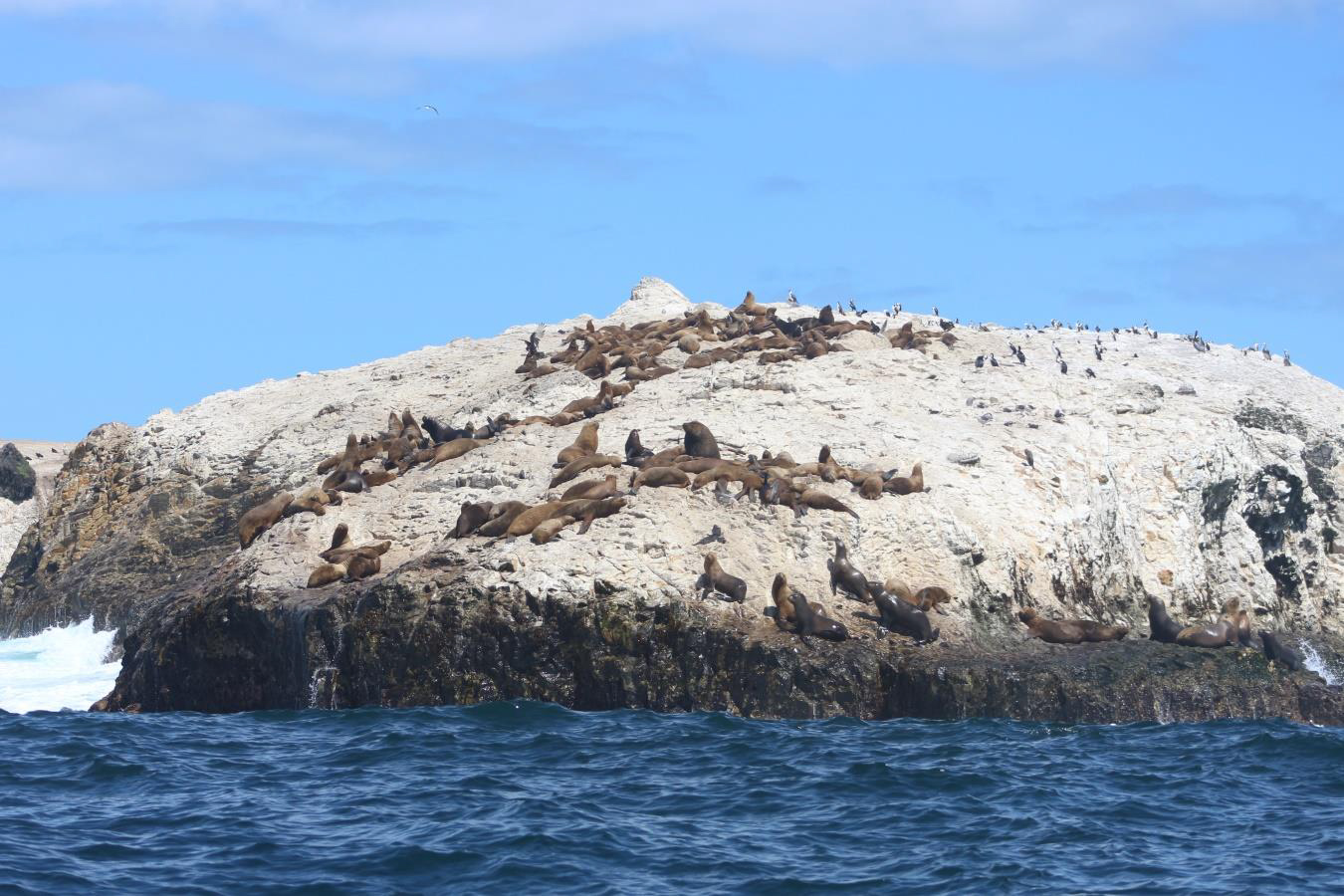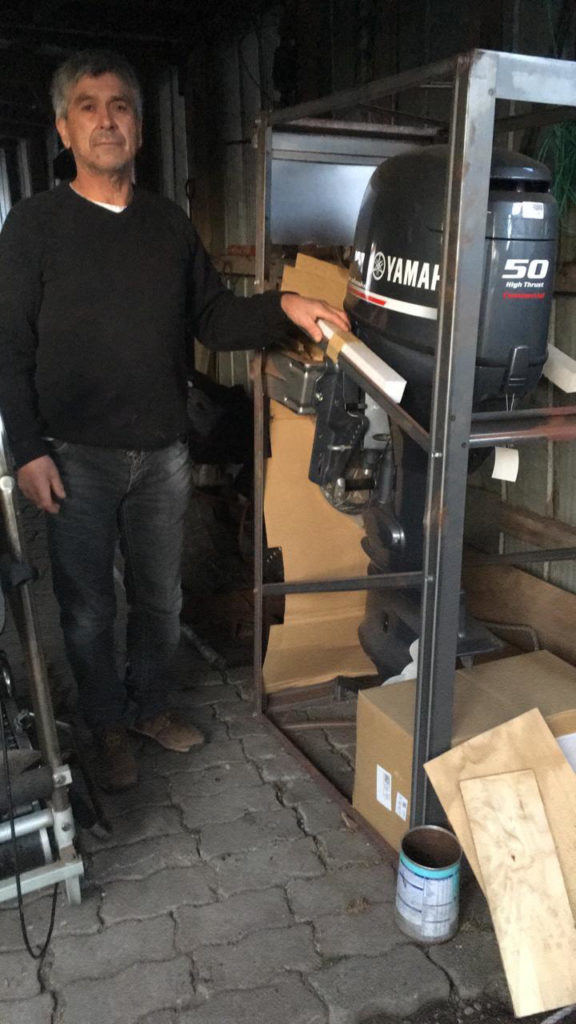Doña Sebastiana Island is part of southern Chile’s Chiloé Archipelago. The region is home to a huge variety of plants and animals, many of them endemic. The list includes South American sea lions, elephant seals, blue whales, dolphins, and cormorants, just to name a few.
The island has no legal protection. But the Encuramapu Indigenous Community, a group of Mapuche-Iafkenche people from the nearby port town of Carelmapu, wants to change that. They want the government to designate the island area as a “marine protected area for indigenous peoples.” That would offer strict, permanent protection.
To obtain that status, they must submit a management plan, with extensive data about the area’s ecosystem and culture. The community, however, does not have the technical sophistication or money needed to create such a plan. So they will use most of a Seacology grant to hire the experts necessary to prepare the formal request.
The rest of the grant will help community members develop ecotourism. After training in environmentally responsible tourism, they will take visitors out to see marine mammals and birds. They will also buy VHF radios, an outboard motor, binoculars, life jackets, and other equipment used for both ecotourism and to keep an eye on the protected area.







